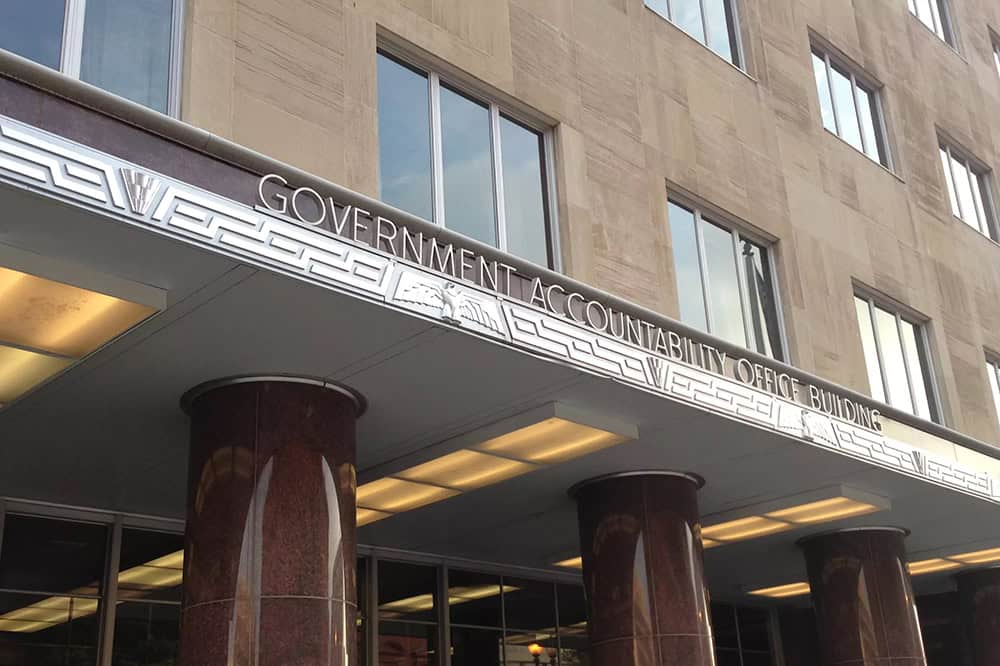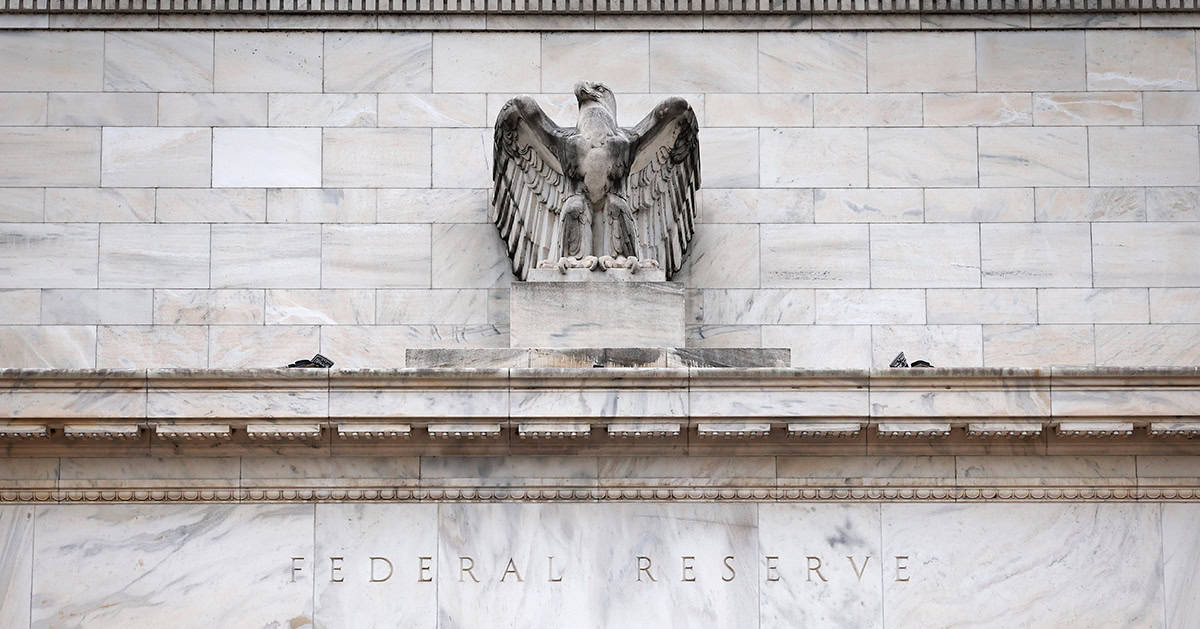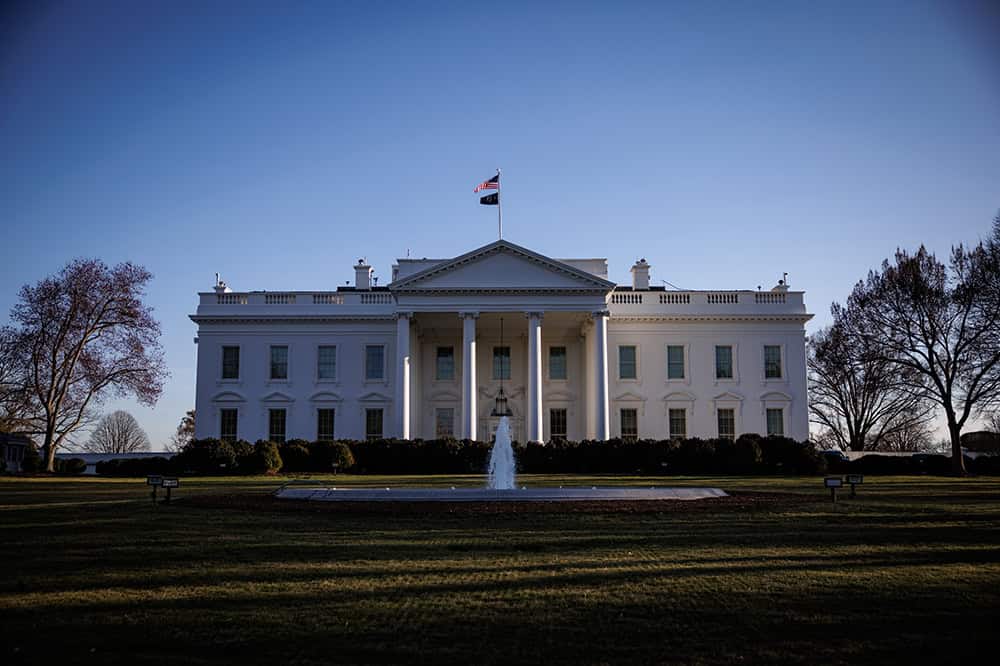What’s the Difference Between a Government Shutdown and the Debt Limit?
Last Updated September 6, 2017
Debates over the debt ceiling and government shutdowns can be confusing, particularly in years when lawmakers must fund the government and raise the debt limit around the same time. So what is the difference between a government shutdown and a debt-limit impasse?
What Is a Government Shutdown?
“The government shutdown is something that has happened periodically over the years,” Shai Akabas, director of economic policy at the Bipartisan Policy Center explained in an interview with the Washington Post’s Jonathan Capehart. “It’s really a partial government shutdown, it means that the portion of the budget that Congress appropriates each and every year — so that’s for federal agencies, sometimes including the defense department is packaged in there — if those appropriations don’t get passed by the beginning of the fiscal year, which is on October 1, then there’s no funding for that portion of the government and what they call nonessential employees have to be sent home.”
The result is a slowdown or shutdown in many government services. As Akabas notes, a shutdown can be costly for the government “because they have to spend time shutting things down and reopening things.” Furthermore, there is evidence that government shutdowns negatively affect GDP.
What Is the Debt Ceiling?
The debt limit, also known as the debt ceiling, is the maximum amount of money the U.S. Treasury can borrow. Increasing the debt limit allows the Treasury to borrow funds to pay for the government’s obligations that have already been incurred as the result of laws and budgets approved by the President and Congress.
“Congress put this into effect exactly a hundred years ago,” Akabas explained. “Before that they’d been telling the government each and every time they borrowed, you can borrow this exact amount for this exact purpose. Since then, they’ve just put a cap on the amount the government can borrow.”
That cap has been raised frequently in the past — more than 80 times since 1959 — by Presidents and Congresses of both parties. The current cap on borrowing is just under $20 trillion dollars.
“We’ve already committed to certain spending obligations that the federal government has — whether it’s Social Security benefits, payments for Medicare and Medicaid services that doctors are providing, welfare payments, payments to defense contractors that supply our military with their equipment, payments to our troops, to our civil servants,” Akabas said. “All of those are pieces of funding that have already passed, and we don’t have enough revenues coming in, taxes coming in, to pay for them. So, what we have to do when there’s a difference, is we have to borrow additional funds. But since we are bumping up that borrowing limit, the debt limit, the Treasury Department can’t actually borrow the additional funds that are needed to pay all those bills.”
Although a government shutdown is costly, Akabas explained, “it’s not a massive economic shock to the system.” Failing to raise the debt limit, however, risks defaulting on America’s financial obligations, which could have more severe and lasting consequences.
To learn more, listen to the entire interview between Akabas and Capehart above, or check out these additional resources:
- Infographic: What is the Debt Limit?
- Debt Ceiling Update: What’s at Stake This Fall
- Understanding the Budget
Image credit: Getty Images
Further Reading
How Much Can the Administration Really Save by Cutting Down on Improper Payments?
Cutting down on improper payments could increase program efficiency, bolster Americans’ confidence in their government, and safeguard taxpayer dollars.
How Do Quantitative Easing and Tightening Affect the Federal Budget?
The Federal Reserve plays an important role in stabilizing the country’s economy.
Can a Rescissions Package Help Lawmakers Formalize DOGE Cuts?
Rescission packages can serve as a tool for the President and Congress to manage and control government spending through a formal statutory process.


